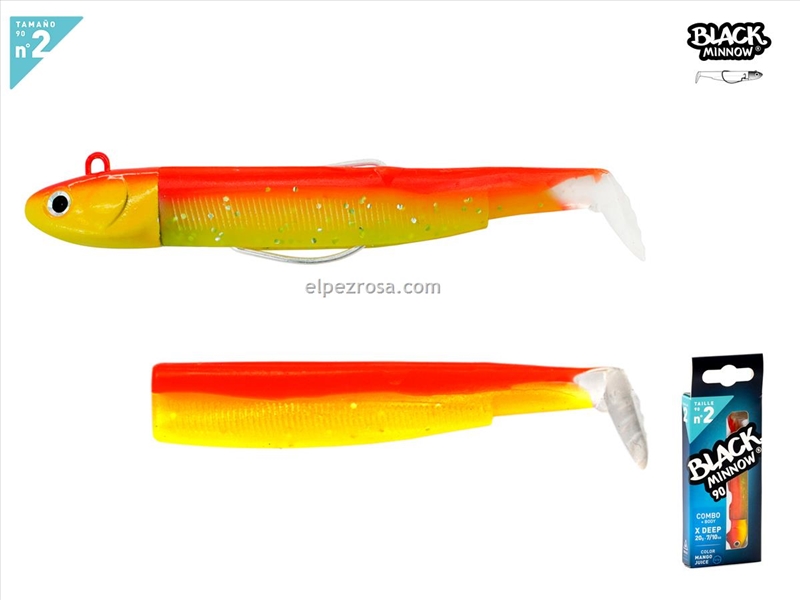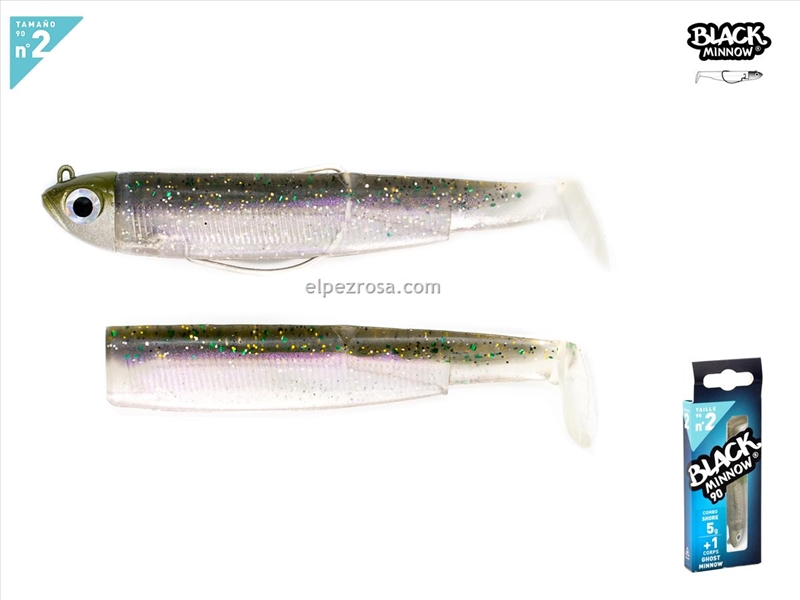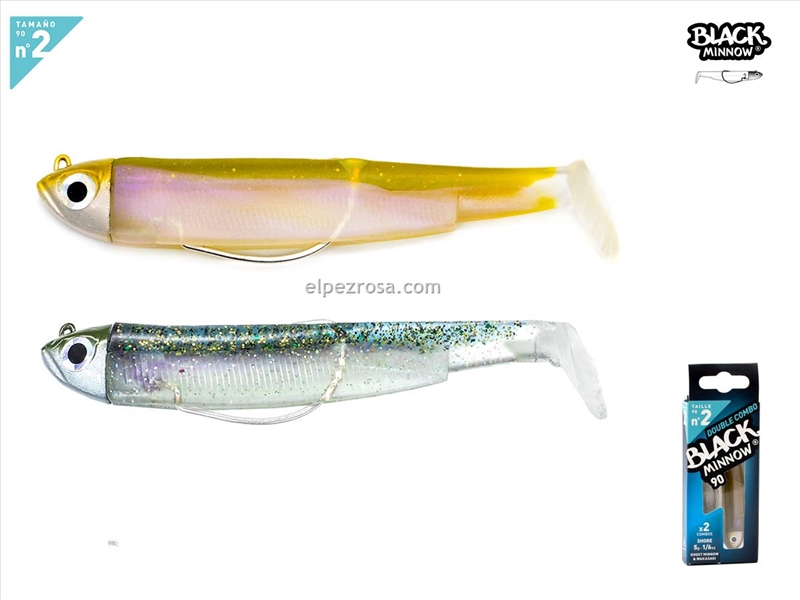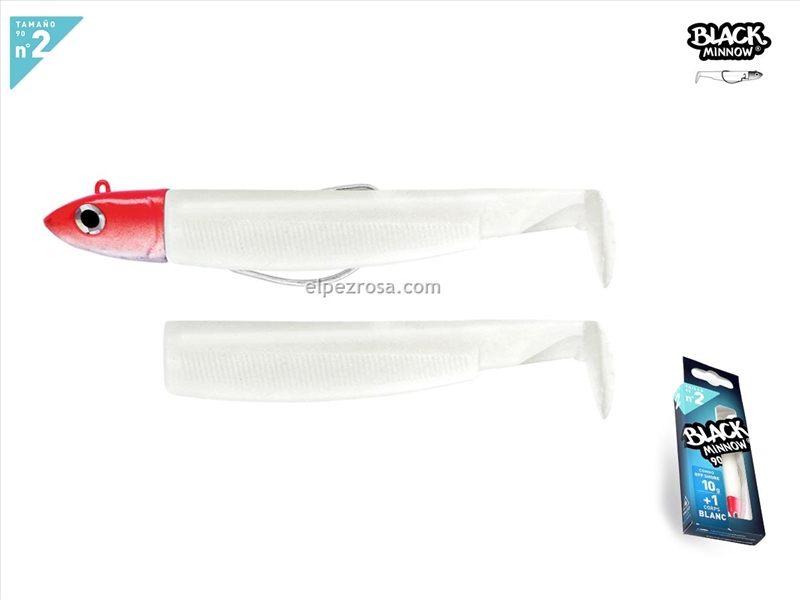Tienda
Black Minnow Nº2 90 mm 20 g – Mango Juice
9,40€
Señuelo pesado y vibrante para pesca de spinning en aguas profundas y condiciones exigentes
El Minnow 90 mm 20 g Mango Juice es un señuelo de vinilo articulado diseñado para spinning medio a pesado, ideal para alcanzar mayores profundidades y lanzar con precisión en condiciones de viento o corriente fuerte. Su peso de 20 gramos permite mayor control y resistencia durante la pesca, especialmente en zonas con estructuras o corrientes rápidas.
El color Mango Juice, un vibrante tono amarillo-anaranjado con reflejos, está pensado para llamar la atención de depredadores en aguas turbias o con poca visibilidad, estimulando la reacción inmediata de especies como lubina, anjova, black bass y trucha.
Su montaje con anzuelo oculto tipo Texas minimiza los enganches, facilitando la pesca en zonas de vegetación o rocas sin perder eficacia ni acción.
Características principales:
-
Tamaño: 90 mm
-
Peso: 20 g
-
Color: Mango Juice (amarillo-anaranjado vibrante)
-
Cuerpo articulado con cabeza plomada
-
Montaje Texas con anzuelo oculto (anti-enganches)
-
Nado natural y estable en corrientes y aguas agitadas
Ideal para:
-
Spinning medio a pesado en mar y agua dulce
-
Pesca de lubina, anjova, black bass, trucha y especies similares
-
Zonas profundas, aguas turbias o con corriente fuerte
-
Pescadores que necesitan peso extra para lanzamientos largos y control
-
minnow 90mm 20g mango juice
-
señuelo vinilo spinning pesado
-
vinilo amarillo anaranjado pesca
-
señuelo cabeza plomada anti enganches
-
señuelo para pesca en aguas turbias
-
vinilo articulado para lubina y anjova
Potencia y visibilidad en un solo señuelo. El Minnow 90 mm 20 g Mango Juice es la herramienta perfecta para enfrentar los desafíos de pesca en aguas profundas o condiciones complicadas.








